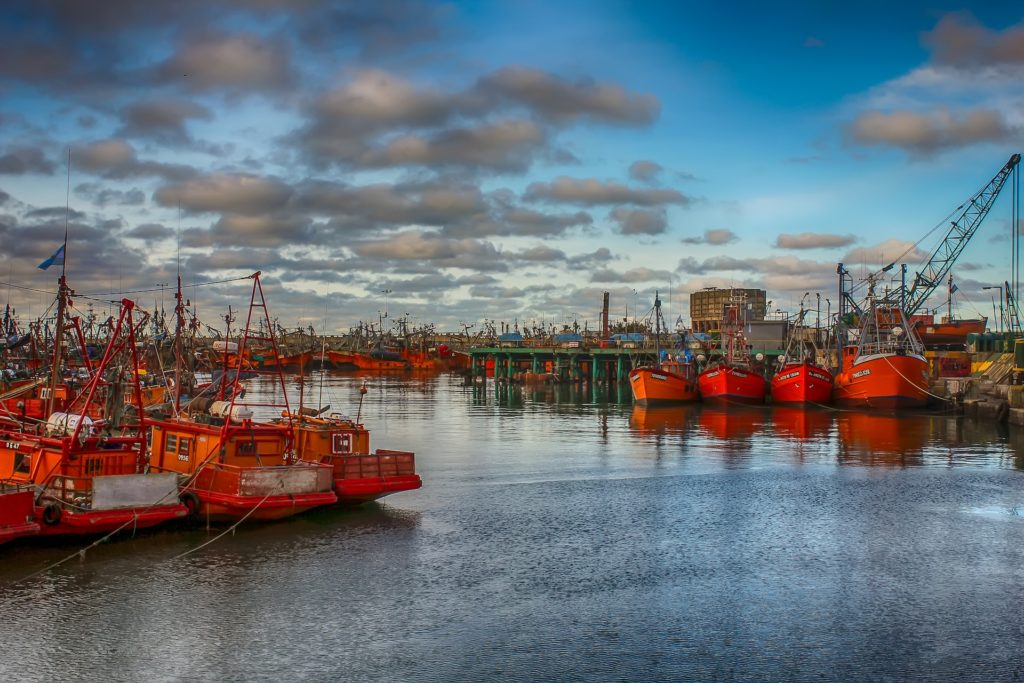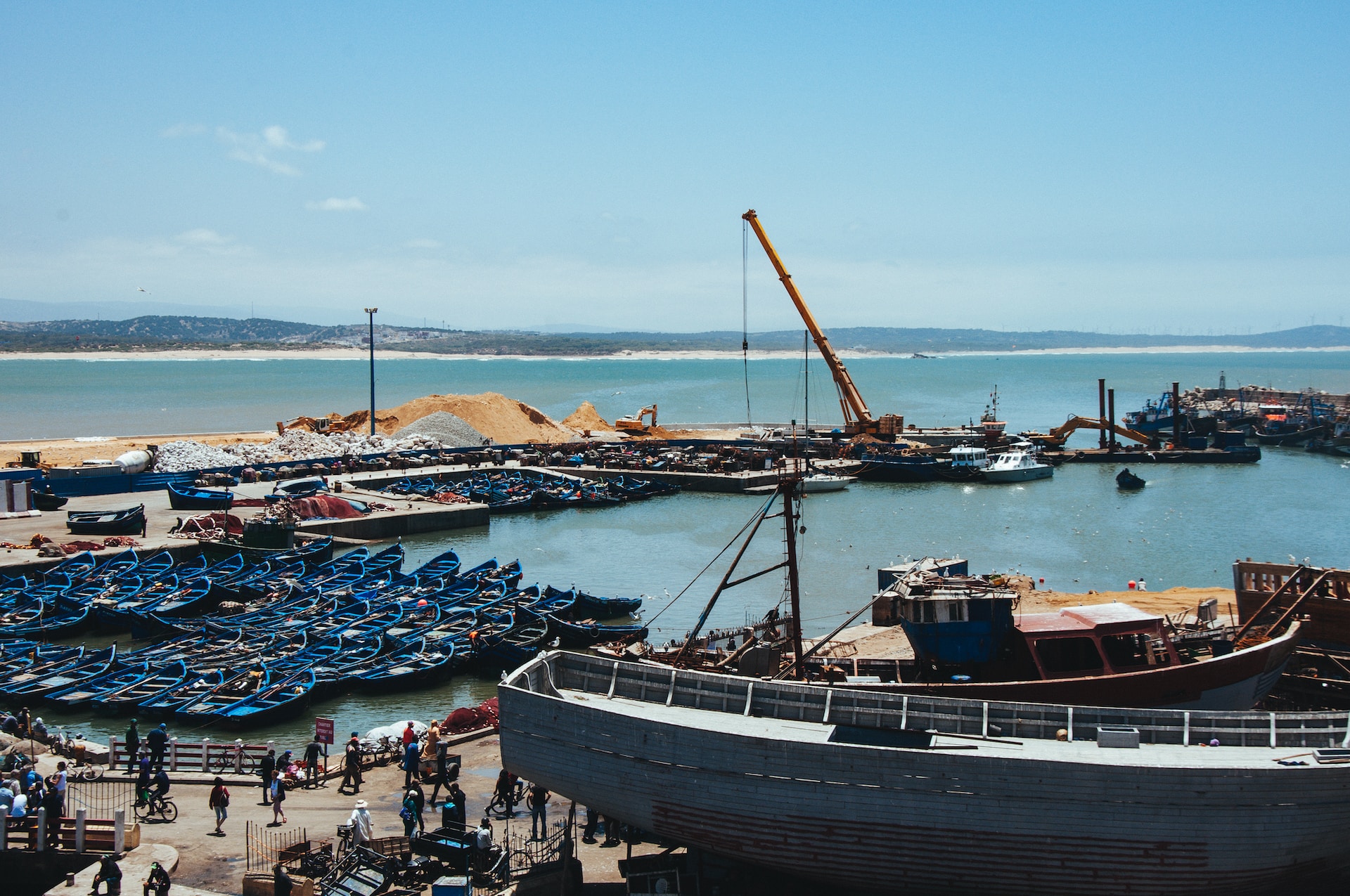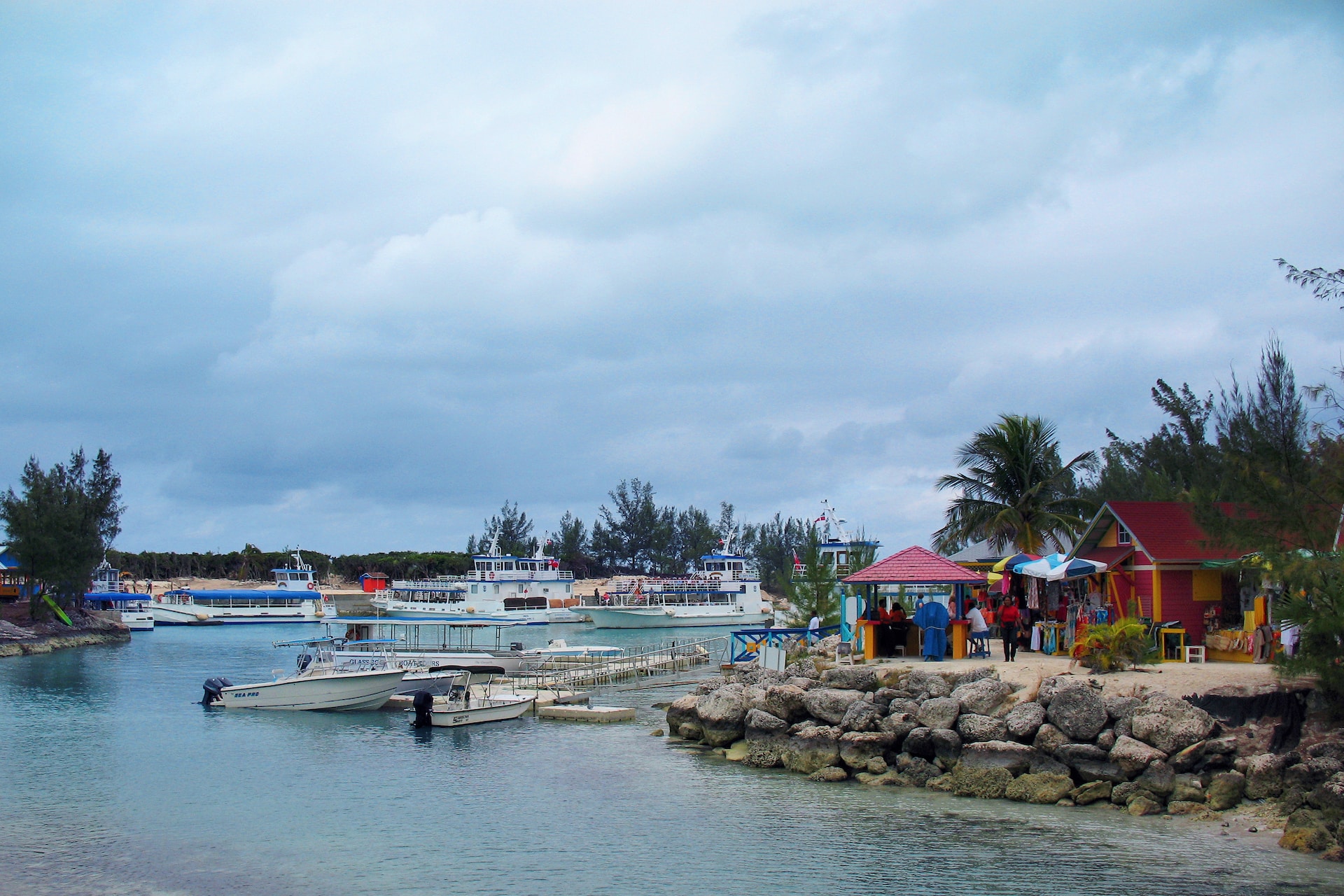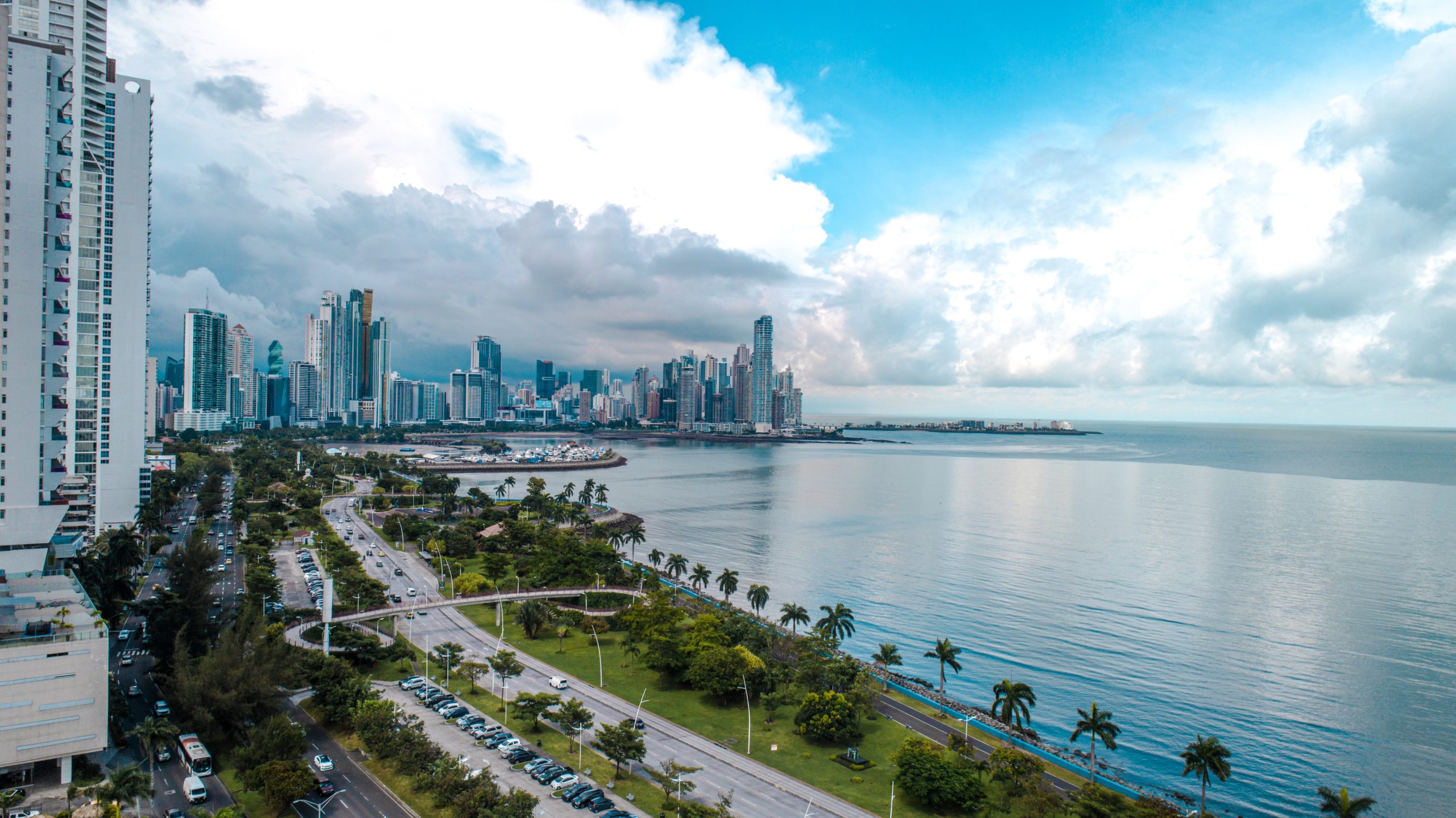Mali has suffered with unheard-of security, political, and social challenges since the coup d’etat in 2012, which culminated in a second coup d’etat in 2020 and a further strengthening of military control in 2021. As a result of the transition government’s failure to organize elections on time, the Economic Community of West African States (ECOWAS) slapped extensive economic sanctions on Mali in January 2022. Despite the lifting of the sanctions in July, Mali’s economy had a difficult time rebounding while continuing to experience significant disruptions in the supply of fuel, which is crucial for the nation’s electricity generation. At the same time, unrest continued to spread from the northern part of the nation into the central and southern regions, which were densely populated. The main obstacles to doing business were corruption, administrative inefficiencies, a lack of skilled workers, and a sizable informal economy, in addition to security issues, an unreliable power grid, and insufficient infrastructure. With a GDP of $17.47 billion and a GDP per capita of only $862.50, Mali continued to be one of the world’s poorest nations (2020).
Mali faces numerous short- and medium-term obstacles to growth, trade, and investment; nevertheless, given its significant natural resource deposits, the potential for agriculture, and energy opportunities, notably in the renewables industry, the nation’s long-term economic prognosis may be more encouraging. Additionally, there is a great deal of enthusiasm for importing high-quality American goods, and business owners view partnerships with American companies as an alluring new opportunity.

Mali’s trading partner
For decades following independence from the old colonial authority, France remained Mali’s most important trading partner. In recent years, however, imports from other nations, particularly China, have earned a major market share. New public procurement opportunities may exist in the mining, defense, transportation, energy, and other sectors. At the same time, Malian entrepreneurs are eager to move away from old networks and establish new business relationships with Europe and the United States. Mali is not a big economic partner for the United States, although US exports to Mali have expanded significantly in recent years. Exports to Mali were $96.7 million in 2021, down 2% from 2020 but up more than 75% from 2011. Mali’s exports to the United States are increasing, but they remain a small portion of Mali’s total exports, increasing to $3.3 million in 2021 from $2.2 million in 2020. Russia, Turkey, and the United Arab Emirates have all made significant investments in Mali’s economy.
Mali makes use of the CFA franc, a shared currency issued by the Central Bank of West African States, as a part of the West African Economic and Monetary Union (WAEMU) (French acronym BCEAO). Because of this, it experiences both internal and external monetary stability, which is defined by typically low inflation and an exchange rate tied to the euro. Mali, however, missed payments to several creditors, including multilateral financial institutions, as a result of its six-month exclusion from the global banking system as a result of ECOWAS sanctions.
More details
Mali’s export economy is predominantly based on gold mining, which accounts for 82.9% of total exports in 2020. In recent years, gold exports have increased dramatically, with industrial output reaching roughly 65 tonnes, in addition to approximately five tonnes of small-scale production. The transition administration has focused on mining sector diversification, promising future potential in the extraction of uranium, bauxite, phosphates, iron, lithium, and manganese. Cotton, Mali’s other main export crop, amounted to 6.7% of total exports in 2020. Despite being a distant second to gold, the cotton sector employs more than four million Malians, or more than one-fifth of the population. Mali consistently ranks among Africa’s top cotton growers, and the Malian Chamber of Agriculture hopes to increase yearly production to one million tonnes soon, up from 760,000 tonnes in the 2021-2022 harvest.







